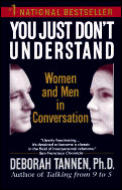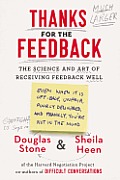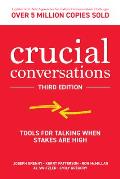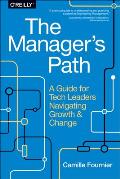Subtitle: Creating Enduring Relationships on a Spiritual Path
Recommended to me by: Seeing it in a Little Free Library and liking If the Buddha Dated
I chose Love as my word for this year, so this book feels appropriate to pick up. I tried reading “How to Love” by Thich Nhat Hanh earlier, and got bogged down in the prescriptiveness and assumptions about gender roles, so I put it down halfway through. This book doesn’t have those problems, although all the couples appear to be heterosexual until one at the very end of the book.
Charlotte Karl writes with clarity, depth, and kindness. When I was getting toward the end of the book, I thought, “Surely that’s the end of the substantive material,” but there were several more important topics, all treated with the same thoughtfulness as the rest of the book – sexuality, monogamy, honesty, and affairs.
Other topics include working through tension and resistance, recognizing masks, keeping agreements with great care, living in an “us” place (rather than me vs. you), open communication, and offering appreciation. It also includes some of the things that get in the way of authentic relationships, such as reacting out of unprocessed trauma from a young self, projecting feelings onto the other person, taking the partner for granted, and trying to change them into someone else.
The book is grounded in Zen Buddhism, and tries to be inclusive of other religions, such as the Quakers. There is a clunker of a moment where Charlotte Karl refers to the Jewish philosophy of repentance and repair in connection with Rosh Hashanah (new year) instead of Yom Kippur (day of atonement). Where was her editor?! She summarizes in a few paragraphs what Danya Ruttenberg explores in depth in her book “On Repentance and Repair.” (I read half of that recently, but it was more academic than I wanted, and focused at the national rather than the personal level.)
It’s good to read stories of couples who are kind, committed, and most of all, successful at building happy lives together while being their authentic selves. I have wanted a relationship like that for a long time. I had more or less decided that what I want is a mirage. Now I’m reminded that maybe it is possible, although I still don’t know a path to bring it into my life.
Highly recommended if you also care about the how and why of authentic relationships.






